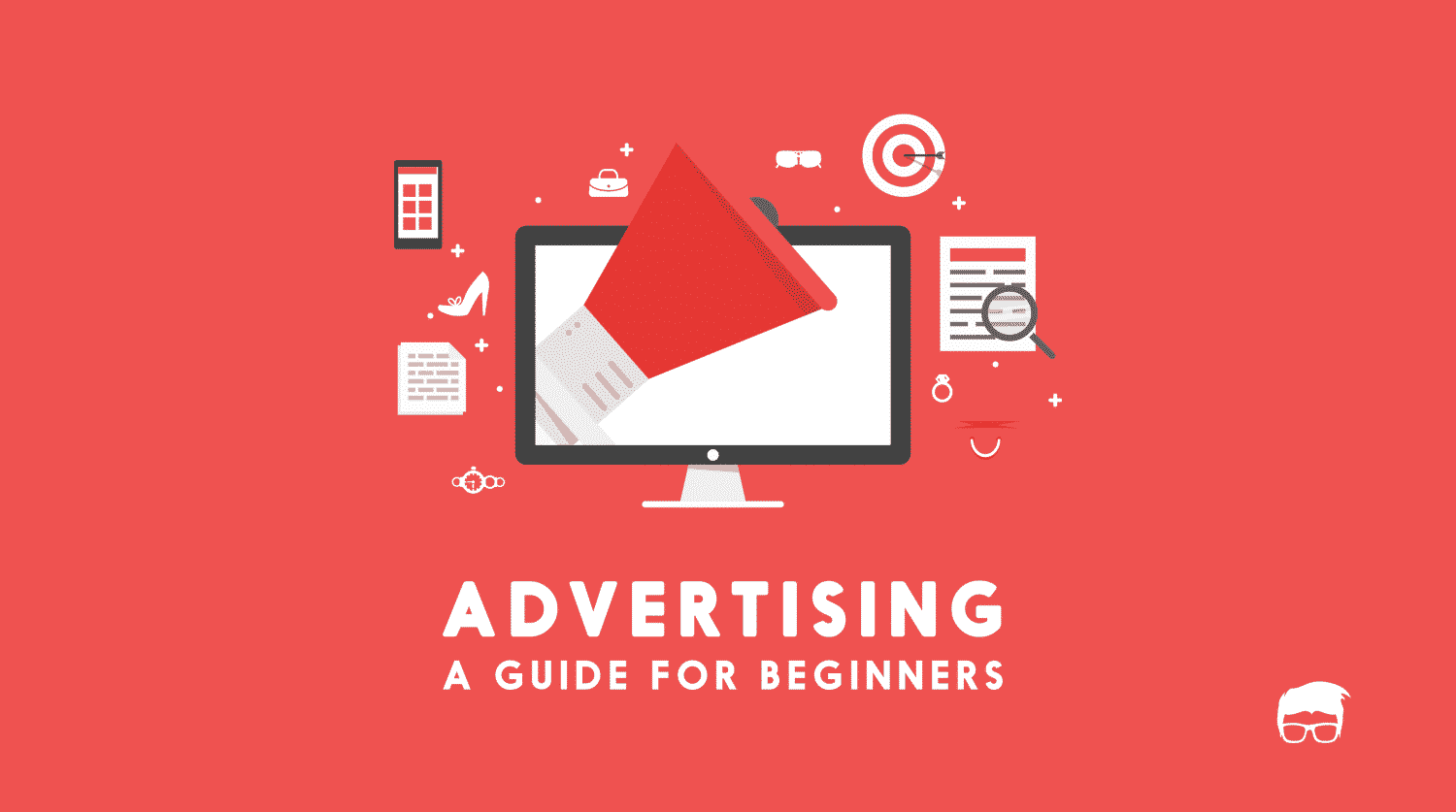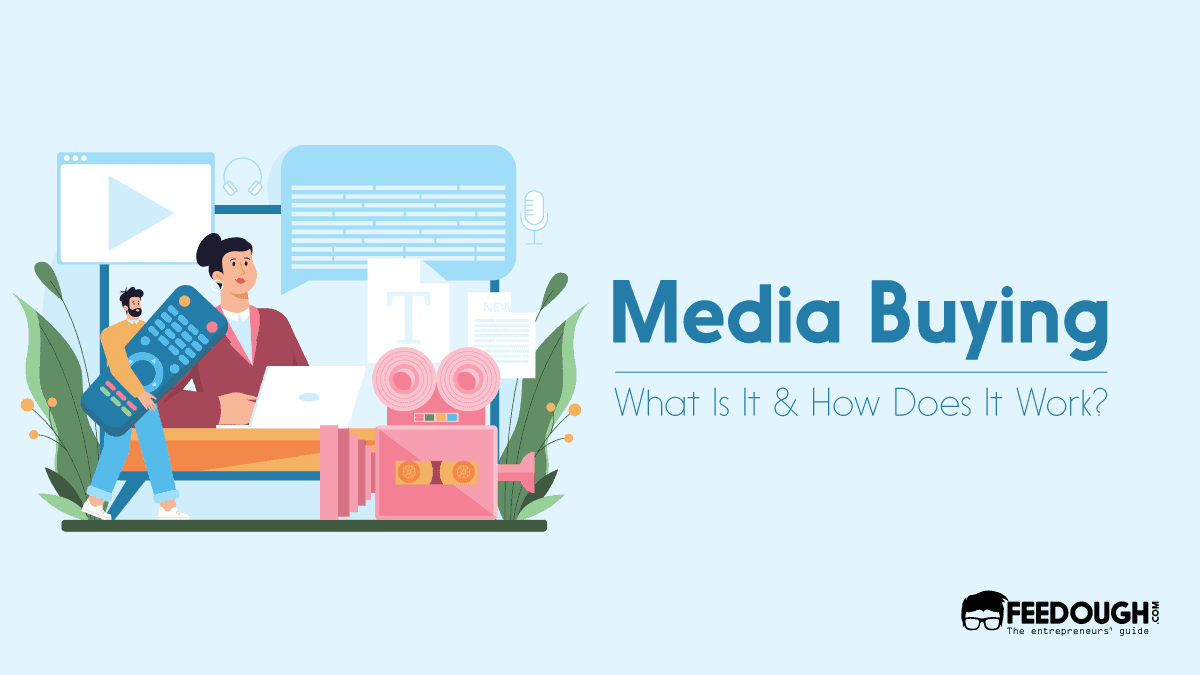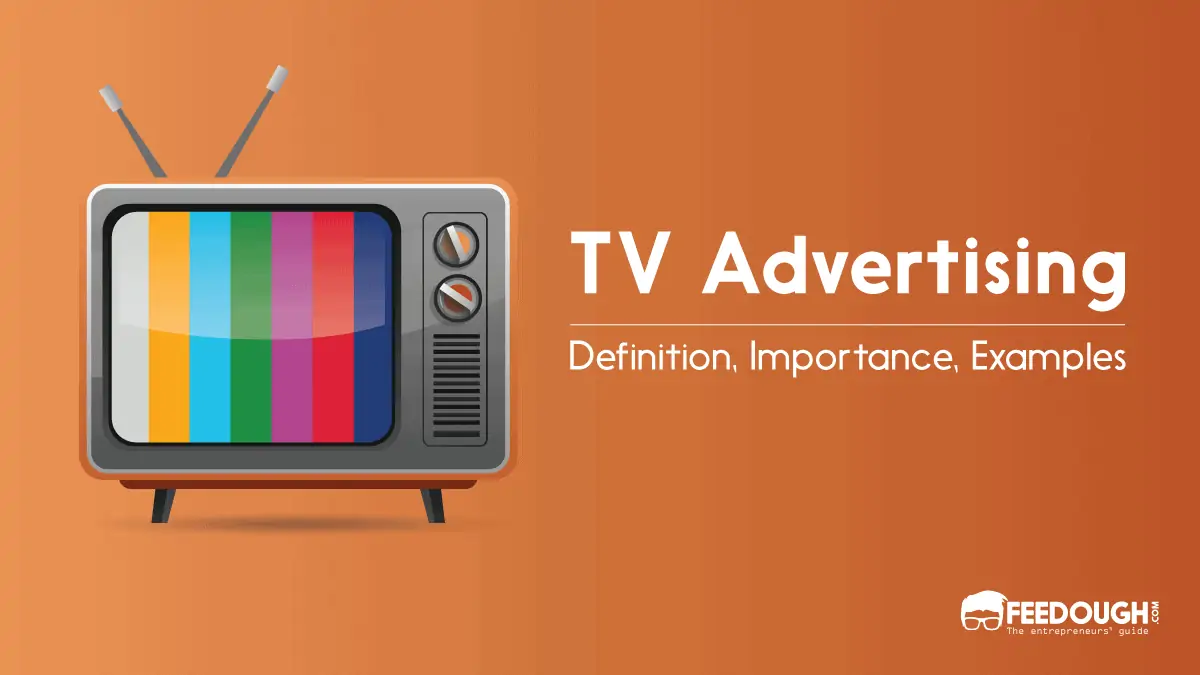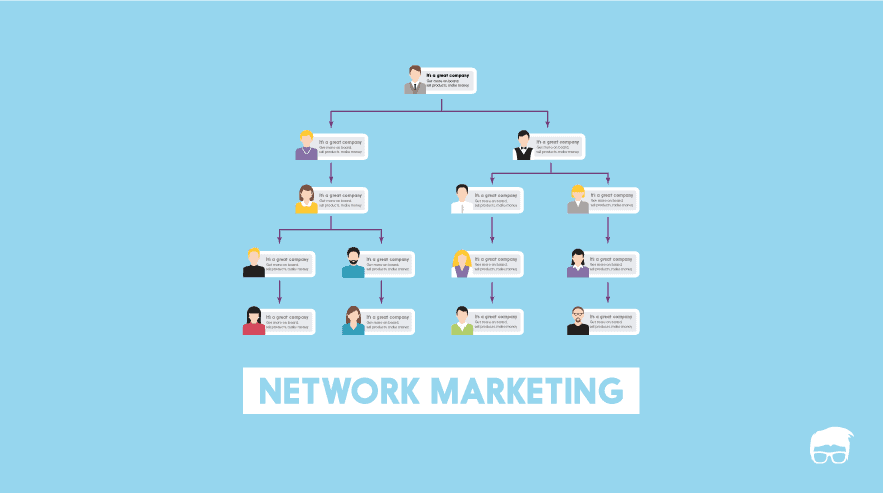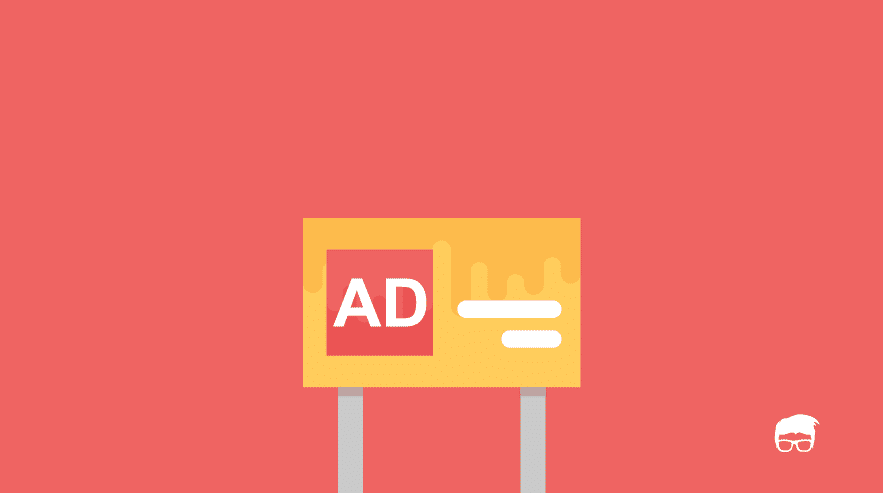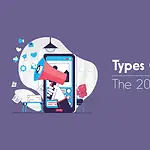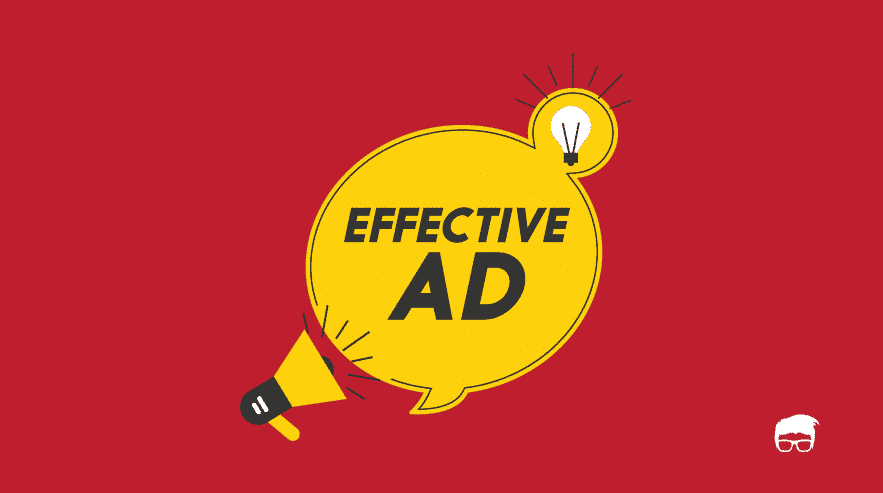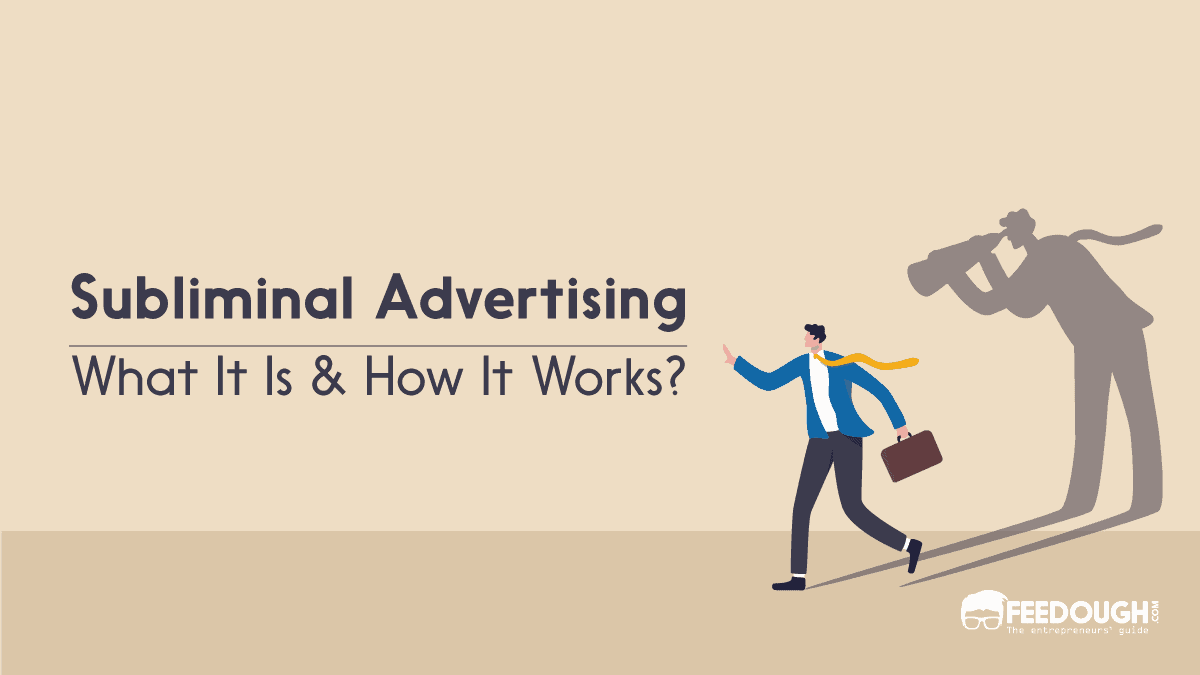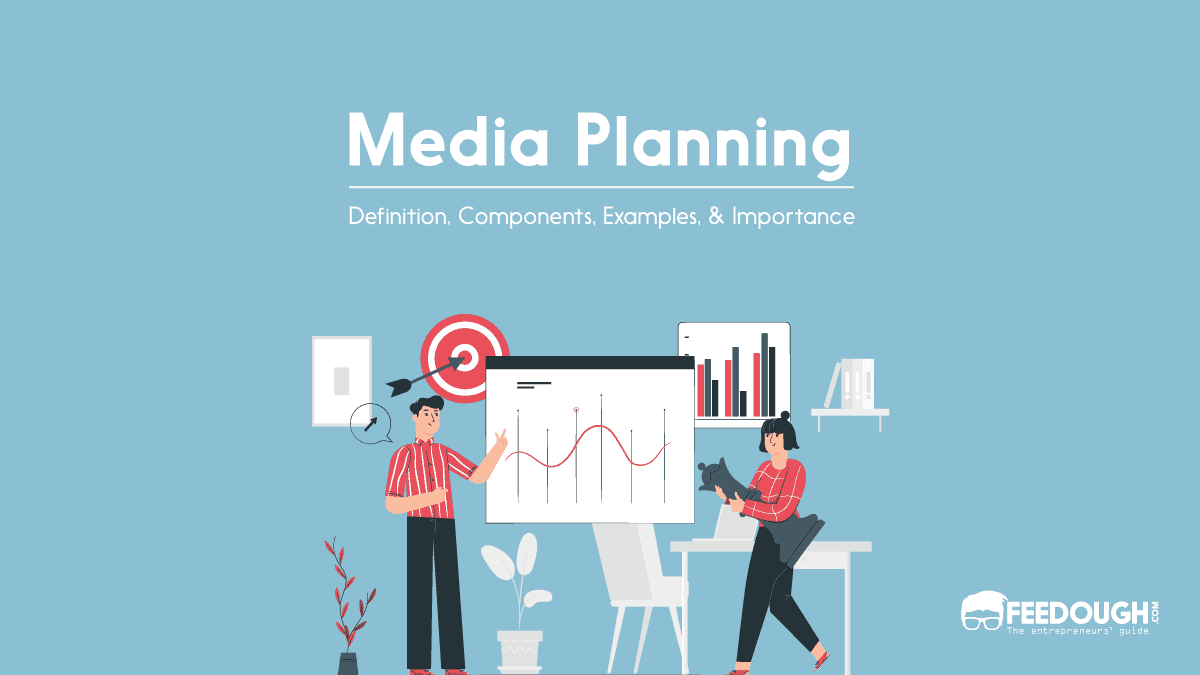Businesses are about to spend over $992 billion on advertising in 2025. That’s almost a trillion dollars trying to grab attention, change minds, and move products. But here’s what most people don’t know. Advertising isn’t just the flashy Super Bowl commercial or the Instagram ad that somehow knows what someone was thinking about buying. It’s a complete system that shapes how brands connect with buyers.
So what actually makes something advertising versus just marketing? Why do companies pour this much money into it? What types work best, and what are the real goals behind every campaign? This article breaks down what advertising is, how it works, and why it matters more than most people realize.
What Is Advertising?
Advertising is the action of calling public attention to an offering through paid announcements by an identified sponsor.
According to Kotler –
Advertising is any paid form of non-personal presentation & promotion of ideas, goods, or services by an identified sponsor.
According to the Advertising Association of the UK –
Advertising is any communication, usually paid-for, specifically intended to inform and/or influence one or more people.
Simply, advertising is a process of developing a paid communication message intended to inform people about something or to influence them to buy, try, or do something.
Characteristics Of Advertising
- Paid Form: Advertising requires the advertiser (also called sponsor) to pay to create an advertising message, buy advertising media slot, and monitor advertising efforts.
- Tool For Promotion: Advertising is an element of the promotion mix of an organisation.
- One Way Communication: Advertising is a one-way communication where brands communicate to the customers through different mediums.
- Personal Or Non-Personal: Advertising can be non-personal as in the case of TV, radio, or newspaper advertisements, or highly personal as in the case of social media and other cookie-based advertisements.
Types Of Advertising
Advertising falls into three main categories based on how brands reach their audience.
Above-the-line (ATL) advertising uses mass media channels like TV, radio, and newspapers to reach large groups of people.
Below-the-line (BTL) advertising targets specific audiences through direct mail, email campaigns, or sponsored events.
Through-the-line (TTL) advertising combines both approaches, using mass media alongside targeted tactics to maximize reach and engagement.
Beyond these categories, advertising can be divided into five types based on medium.
Print Advertising
Print ads appear in newspapers, magazines, brochures, and direct mail. This format works well for audiences who prefer tangible content, though its reach has declined as digital channels have grown.
Broadcast Advertising
This includes TV and radio commercials. Broadcast ads reach millions of viewers and listeners at once. The format remains powerful for brand awareness despite streaming services changing how people consume content.
Outdoor Advertising
Billboards, transit ads, and posters fall into this category. They catch attention in high-traffic areas where people commute or gather. Digital billboards now allow brands to rotate messages throughout the day.
Digital Advertising
Digital ads dominate modern marketing. They appear on websites, social media platforms, search engines, and mobile apps. The format offers precise targeting and real-time performance tracking that traditional media can’t match.
Digital advertising has evolved significantly. AI platforms like ChatGPT are being used to generate ad campaigns, with engagement increasing by 10% year-over-year. Brands now use AI to create copy, design visuals, and test multiple variations faster than human teams could manage alone.
Programmatic advertising automates ad buying through algorithms that bid on ad space in real-time. This technology matches ads to the right audience at the right moment without manual intervention.
According to industry research on programmatic advertising trends, Retail Media Networks are expanding faster than almost any other digital channel due to first-party data advantages. These networks let brands advertise on retailer websites like Amazon, Walmart, and Target where shoppers are already ready to buy.
Connected TV advertising brings digital targeting to streaming platforms. Brands can now reach cord-cutters with the same precision they use for social media ads.
Product/Brand Integration
This type weaves products into entertainment content. A character drinks a specific soda brand in a TV show or uses a particular smartphone in a movie. The placement feels natural rather than interruptive.
What Are The Objectives Of Advertising?
There are 3 main objectives of advertising: to inform about the brand or offering, to persuade to buy or perform a task and to remind and reinforce the brand message.
To Inform
Advertisements are used to increase brand awareness and brand exposure in the target market. Informing potential customers about the brand and its products is the first step toward attaining business goals.
To Persuade
Persuading customers to perform a particular task is a prominent objective of advertising. The tasks may involve buying or trying the products and services offered, forming a brand image, developing a favourable attitude towards the brand etc.
To Remind
Another objective of advertising is to reinforce the brand message and to reassure the existing and potential customers about the brand vision. Advertising helps the brand to maintain top-of-mind awareness and to avoid competitors stealing customers. This also helps in the word-of-mouth marketing.
Other objectives of advertising are subsets of these three objectives. These subsets are:
- Brand building
- Increasing sales
- Creating demand
- Engagement
- Expanding customer base
- Changing customers’ attitudes, etc.
Importance Of Advertising
Advertising creates value for both sides of the marketplace. It connects businesses with potential customers while helping people discover products that solve their problems.
To The Customers
Advertising makes shopping easier. Instead of searching blindly for products, customers see options that match their needs. According to Dentsu research, digital ad spend is forecast to reach 68.4% share of total spend in 2025, which means more personalized targeting. Ads reach people based on their interests and browsing behavior.
Think about the last time you needed new running shoes. You probably saw ads for athletic brands shortly after searching for workout gear. That’s advertising working as it should, showing you relevant options when you’re ready to buy.
Ads also help customers discover products they didn’t know existed. A small business selling eco-friendly water bottles can reach environmentally conscious shoppers through targeted campaigns. Without advertising, that connection might never happen.
Plus, advertising creates competition that benefits buyers. When multiple brands advertise similar products, they compete on price, quality, and features. Customers get more choices and better deals.
To The Business
For businesses, advertising builds brand recognition. Companies can’t sell products if people don’t know they exist. Regular advertising keeps brands visible in crowded markets.
It also shapes brand image. The way a business advertises tells customers what it stands for. A luxury car brand uses different messaging than an economy option. Both reach their target audience through strategic advertising.
Product differentiation becomes clearer through advertising. Businesses highlight what sets them apart from competitors. Maybe it’s faster delivery, better customer service, or unique features.
Digital advertising brings another advantage. Businesses get precise data on what works and what doesn’t. They track clicks, conversions, and ROI in real time. This measurement helps them spend smarter and adjust campaigns quickly.
Long-term advertising builds goodwill. Consistent messaging creates trust. Customers recognize reliable brands and return to them. That loyalty translates into repeat purchases and word-of-mouth referrals.
Advantages Of Advertising
Advertising offers several key benefits that make it a cornerstone of modern marketing strategies.
- Reduces Per-Unit Cost: When advertising increases product demand, businesses can produce at larger scales. This drives down the cost per unit through economies of scale.
- Helps In Brand Building: Consistent advertising builds brand recognition. Customers gravitate toward brands they recognize over unfamiliar options.
- Helps In Launching New Product: New products gain traction faster when backed by advertising campaigns that educate potential buyers about features and benefits.
- Boosts Up Existing Customers’ Confidence In The Brand: When customers see ads for products they already use, it reinforces their purchase decision. They feel confident they chose the right brand.
- Helps In Reducing Customer Turnover: Strategic advertising about new offers, improvements, and better service keeps existing customers engaged rather than looking at competitors.
- Attracts New Customers: Well-targeted ads reach people who haven’t heard of the brand yet. This expands the customer base beyond word-of-mouth.
- Educates The Customers: Ads inform people about what features matter, how products work, and what differentiates one option from another.
- Provides Measurable Results: Digital advertising platforms offer detailed analytics. Businesses can track exactly how many people saw an ad, clicked on it, and made a purchase.
Disadvantages Of Advertising
Despite its benefits, advertising comes with real drawbacks that affect both businesses and consumers.
- Increases The Costs: Advertising requires significant investment. Businesses eventually pass these costs to customers through higher prices.
- Confuses The Buyer: Too many similar ads from competing brands can overwhelm customers. When every company claims to be the best, distinguishing truth from exaggeration becomes difficult.
- Can Be Misleading: Some advertisements stretch the truth or present information in ways that mislead customers about what they’re actually getting.
- Creates Barriers For Small Businesses: Large corporations can afford massive advertising budgets that smaller competitors can’t match. This creates an uneven playing field.
- Encourages Impulse Purchases: Persuasive advertising can push people to buy things they don’t need or can’t afford, leading to financial stress.
- Privacy Concerns: Digital advertising relies on tracking user behavior across websites and apps. Many people feel uncomfortable with this level of data collection.
- Ad Fatigue: Consumers exposed to too many ads become desensitized. They start ignoring advertising entirely, reducing its effectiveness.
Advertising Examples
We are surrounded by advertisements. From TV to our mobile phones, we encounter advertisements everywhere. Following are a few examples of advertising.
TV Advertisements Example
TV Advertisements
Coca-Cola’s 1971 “I’d like to buy the world a Coke” campaign remains one of the most memorable TV ads ever created. It featured young people from different countries singing on a hilltop, building emotional connection through simple imagery and a catchy tune.
But TV advertising has shifted dramatically. Streaming platforms like Netflix, Hulu, and Prime Video now offer targeted ad options that traditional broadcast TV never could. Instead of showing the same commercial to everyone watching a show, streaming services use viewing data to deliver relevant ads to specific households. A family watching animated movies might see toy ads, while someone binge-watching cooking shows gets kitchen appliance promotions.
Print Advertisements Example
Jeep’s “See whatever you want to see” print campaign used clever visual illusions in magazine spreads. Readers could interpret the images as either rugged outdoor landscapes or abstract shapes, reinforcing the brand’s adventure-focused message.
Print advertising still exists in magazines, newspapers, and brochures. However, its reach has declined as more people consume content digitally rather than flipping through physical publications.

Radio Advertisements Example
Dove created a memorable radio campaign that used only voices and sound effects to tell emotional stories about beauty and self-confidence. Radio works well for brands targeting commuters and specific local audiences who still tune in during their daily drives.
Digital Advertisements Example
This is where the advertising world lives now. Digital ads come in multiple formats, each serving different purposes.
Video ads autoplay on YouTube, Facebook, and Instagram. Airbnb’s digital video campaigns showcase real homes and travel experiences, letting potential guests imagine themselves in those spaces. These ads often run for just 6-15 seconds because viewers can skip them.
Display ads appear as banners on websites and apps. They’re the rectangular ads you see while reading articles or checking the weather. Social media ads blend into feeds, looking almost identical to regular posts except for the small “Sponsored” label.
What makes digital advertising powerful is the targeting precision. Brands can show ads to people based on their age, location, interests, browsing history, and even recent purchases. A fitness brand can target people who recently searched for running shoes. A local restaurant can show ads only to people within a 5-mile radius.
One might see digital image ads while visiting websites like Feedough, Facebook, and Twitter. Here is an example:

Outdoor Advertising Example
Audi’s billboard campaigns often use clean, minimalist designs that drivers can absorb in just a few seconds. The thing is, outdoor advertising has also gone digital. Electronic billboards in Times Square and along highways now rotate multiple ads throughout the day, displaying different messages based on time, weather, or traffic patterns. Some digital billboards even react to passing cars or pedestrian movements, creating interactive experiences that static posters never could.
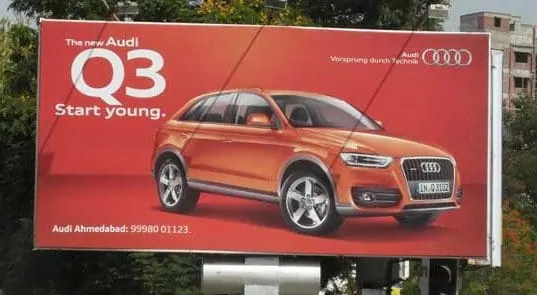
Advertising vs Public Relations
While both advertising and public relations are an essential part of the promotional mix, there are some key differences between them.
Basis | Advertising | Public Relations |
|---|---|---|
Definition | Advertising is a paid form of promotion that uses persuasive techniques to influence consumers’ buying behaviour. | Public relations is a strategic communication process that builds mutually beneficial relationships between an organisation and its public. |
Objectives | The objectives of advertising are to raise awareness about a product or service, to persuade customers to buy it, and build brand loyalty. | The objectives of public relations are to build goodwill and understanding between an organisation and its public, to promote the organisation’s products or services, and to influence behaviour. |
Importance | Advertising is important because it helps businesses promote their products or services to a wide audience. | Public relations is important because it helps businesses build positive relationships with their customers and other stakeholders. |
Paid or earned | Advertising is usually paid for by businesses. | Public relations is earned media, meaning businesses try to earn positive coverage from journalists and other influencers. This can be done through PR campaigns, events, and good old-fashioned media relations. |
Go On, Tell Us What You Think!
Did we miss something? Come on! Tell us what you think about our article on what is advertising in the comments section.
A startup consultant, digital marketer, traveller, and philomath. Aashish has worked with over 20 startups and successfully helped them ideate, raise money, and succeed. When not working, he can be found hiking, camping, and stargazing.
